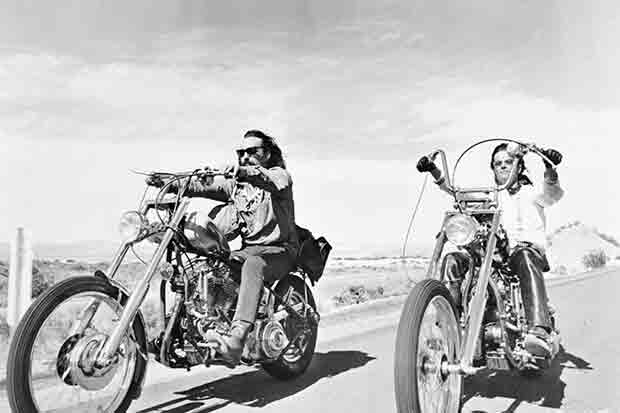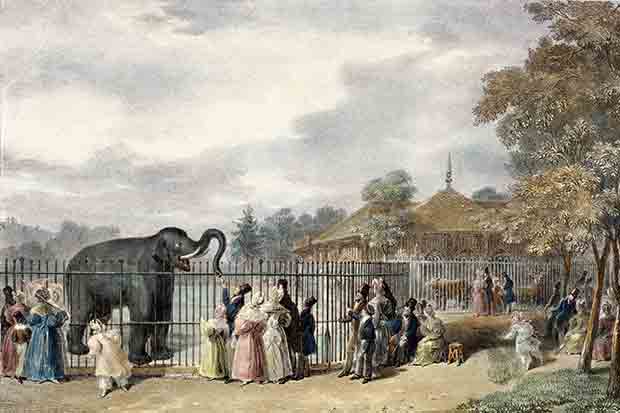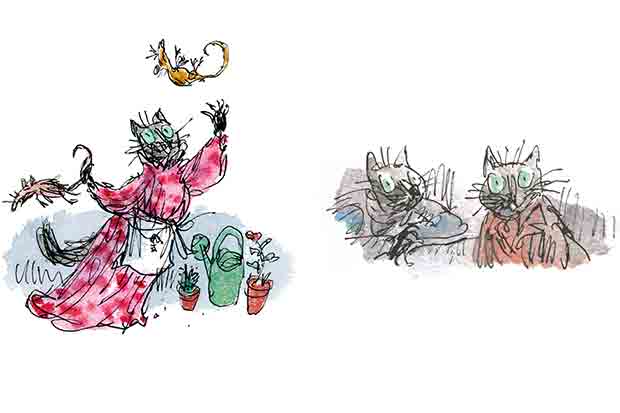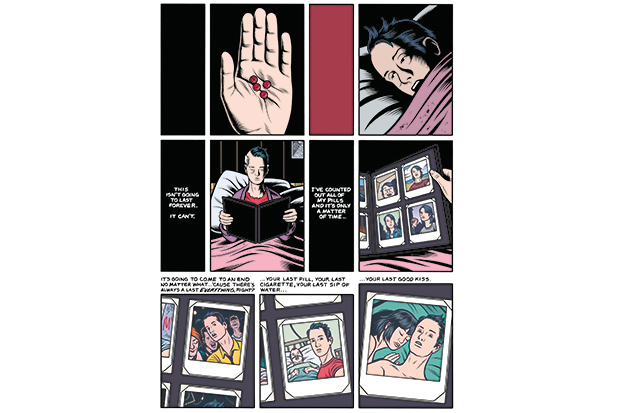In these books, two handsome and popular telly adventurers consider, from viewpoints that are sometimes overly autobiographical, the culture of internal combustion in two of its most distinctive forms. Ben Fogle is obsessed by Land Rovers while Richard Hammond is fascinated by motorbikes.
Fogle came to notice in 2000 when he survived a harrowing year in front of the cameras on Taransay for the reality show Castaway. Here he says he found a rusting Series II Land Rover. This is odd because their bodies are made of aluminium, which corrodes in a different way. Hammond, the cute pixie of the Top Gear trio, made his own career move when, again in front of cameras, he crashed a dragster in 2006. Bravado in its different forms is a part of each account.
Fogle is better at social observation than corrosion. The 1959 Mini was always described as ‘classless’, but 11 years before, the original Land-Rover (then hyphenated) achieved that social karma. The Queen still drives one, a Defender of the Faith perhaps, persuaded by the Times’s 1948 announcement of a ‘special vehicle designed for agricultural and industrial work’. This design survived longer than the Model T Ford, Volkswagen, Porsche 911 or Mini.
There was a Diana-like outpouring of grief when, after 67 years, production ended on 29 January this year — an indestructible machine stalled by safety bureaucrats and cost accountants. Because the car connected us to that simpler agro-industrial past, before muck and brass were replaced with glossy globalised intangibles, it moved the emotions as well as moving great clods of earth. Item: the highest per capita Land Rover ownership is in the Falklands.
Truth be told, the Land Rover was a bit of a lash-up, thus symbolic. Reverse gear had an active life-expectancy of only 12 hours. Its chassis was made from cast-off bits of steel and the originals were all green because the Solihull factory used army surplus camouflage paint. It took 56 man hours to build a single example. In any case, the 1948 original was improvised from US Jeep components.
Its creation myth is that Maurice Wilks, proprietor of the Rover Car Company, sketched the original in the sand of Red Wharf Bay in Anglesey using a very non-technological stick. And maybe this is true. Wilks had been a collaborator with Frank Whittle, who developed the first viable jet engine in a Cambridge shed with a mug of tea in his hand. Insouciance is the English way.
There are moments in Fogle’s good-natured account, though, which grate as if a brick were being passed through his low-speed transfer box. ‘Iconic’ appears in paragraphs 2, 3 and 4 of the Prologue and after that, I stopped counting. Axle is rendered as ‘axel’. The ‘s’ of sports car is Randomly Capitalised and Fogle’s mother drove an ‘Alpha’ Romeo when, of course, the acronym from Anonima Lombarda Fabbrica Automobili should be ‘Alfa’. We can safely say he is no specialist.
Instead, like a lost explorer, he wanders in great repetitive loops, possibly inspired by Laurens van der Post’s 1956 BBC mini-series Lost World of the Kalahari which identified the Land Rover with adventure. Alas, the reader wishes fearless Fogle were more scared of cliché, but he is not. Maybe his flexible positions help: on one page he declares himself to be an A-to-B functionalist in matters automotive. On the next, he is a hyperventilating aesthete. His account has amusing moments, but is anecdotal and without structure, grip or traction: it is an amiable ramble by and about Ben Fogle more than it is a history of ‘the car that conquered the world’.
The motorcycle’s acceptance in high culture may have begun in 1974 when the TLS published a drawing of a Kawasaki on its front cover to illustrate a review of Robert Pirsig’s Zen and the Art of Motorcycle Maintenance. Then, in 1993, New York’s Guggenheim Museum held a curatorial meeting to discuss a planned exhibition about motorbikes. Thomas Krens, the director, preserved his notes of the meeting: ‘The motorcycle is a perfect metaphor of the 20th century… the evolution tracks the main currents of modernity.’ Indeed, look at a cross-section of Max Friz’s boxer engine from the 1923 BMW R32 and it looks exactly like a contemporary painting by Moholy-Nagy.
Five years later, the Guggenheim opened The Art of the Motorcycle, an exhibition designed by Frank Gehry which made good use of Frank Lloyd Wright’s weird helical design (which was actually inspired by a parking garage). There will likely never be a better exposition of what Krens called a ‘form class’: within the simple template of two wheels and an engine, the aesthetic variety achieved by motorbike designers seems infinite. Indeed, Hammond’s survey is bracketed by the 1885 Daimler Reitwagen (Riding Car), a fearsome contraption, and the Ducati 916, sublime sculpture by Massimo Tamburini (‘the Michelangelo of the Motorbike’).
Hammond does not say, but intuits that a motorbike’s design is a diagram of powerful forces, constrained by the intellect. But it is also what Ben Fogle would call ‘iconic’. The Hollister Riot of 1947 gave us Hells Angels, and the motorbike’s rebellious status was reinforced by Marlon Brando’s Johnny in the 1953 movie The Wild One. Dennis ‘Easy Rider’ Hopper caught the biker mood nicely: ‘Crash and burn/ Outlaw glory/ Motorcycle mama/ Tits to the wind.’
In this robust company the cheeky-chappie persona of Hammond may seem out of place, if not tits to the wind, but Hammond surprises with a book that has humour and charm. Although it would do a disservice both to Hammond himself and to the life of the mind to call this book ‘philosophical’, there is a touching honesty in his passionate championing of the motorcycling cause. Certainly, Hammond is more Peter Fonda than Robert Pirsig, but he acknowledges the fascination of the motorbike’s compelling absurdity: a biker’s journeys are not at all about A-to-B, but something more internal. Like Fogle’s mountains, Hammond rides them ‘because they are there’. Alas, the book is atrociously designed.
The post Roving the world appeared first on The Spectator.
Got something to add? Join the discussion and comment below.
Get 10 issues for just $10
Subscribe to The Spectator Australia today for the next 10 magazine issues, plus full online access, for just $10.
You might disagree with half of it, but you’ll enjoy reading all of it. Try your first month for free, then just $2 a week for the remainder of your first year.














Comments
Don't miss out
Join the conversation with other Spectator Australia readers. Subscribe to leave a comment.
SUBSCRIBEAlready a subscriber? Log in